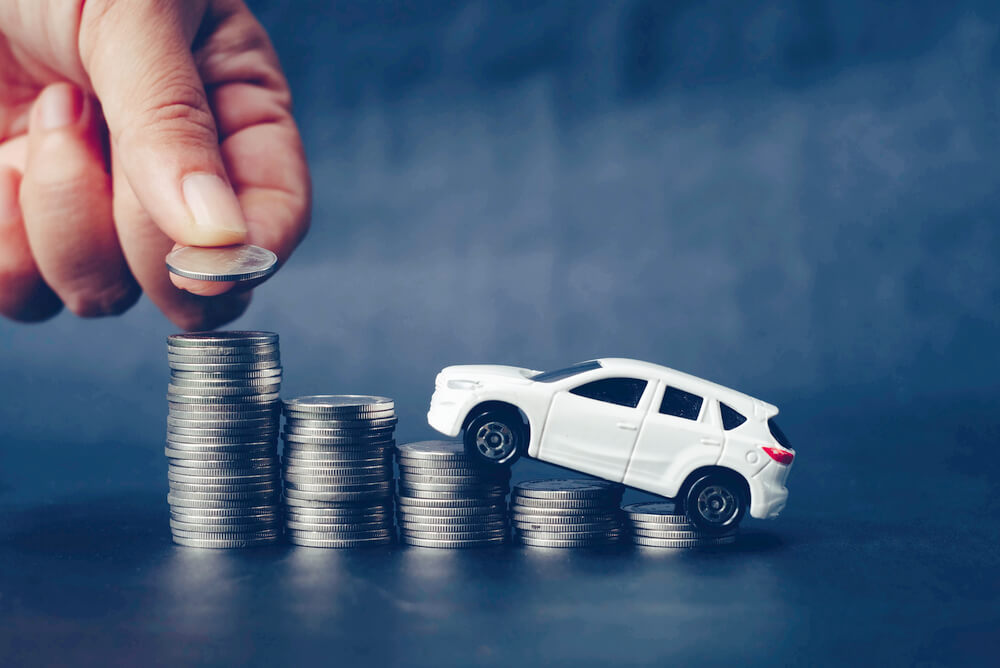
Car insurance can be complicated, especially that pesky little thing called ‘excess’. What is an excess? When do you need to pay it? Is it ‘excessively’ expensive? It doesn’t have to be!
We’ve put together a short FAQ to run you through the process end-to-end. Don’t worry, it’s not that complicated.
What is an excess?
An excess is the money you pay when you make a claim on your car insurance (depending on the circumstances). The remaining cost for repairs or replacement is to be covered by your insurer, although there may be some other fees taken off settlement (e.g. a refund for rego payments already made).
Here’s an example. You have an excess of $800, and your car gets hailed on in a freak storm. Repairs end up costing quite a bit: $10,000! But you only pay $800 of that, and the insurer picks up the tab for the remaining $9,200.
How much will my excess cost?
The cost of your excess is decided when you take out your insurance.
The easiest way to find out how much your car insurance excess costs is to check your Certificate of Insurance. Also check your Product Disclosure Statement (or PDS), a handy document that lists all the details about your policy that you really need to know.
When it comes to replacing cars (i.e. settling your claim after it’s been written off), your excess may be deducted from the payout you get from your insurer, rather than paid out of pocket by you.
It is also possible you won’t have to pay an excess at all. For example, you don’t owe an excess if you’re not at fault. The only time this doesn’t apply is when the ‘at fault third party cannot be identified’. This means that, for example, if a kangaroo jumps in front of your car, you’ll owe an excess because no other person is responsible for paying it.
And, depending on the circumstances, you may have to pay more than one excess.
What are the different types of excess?
The most common types of insurance excess are:
- Standard excess. Pay some money out of pocket when you make an at-fault claim.
- Voluntary excess. You agree to pay this amount in addition to another excess, perhaps in exchange for a cheaper monthly premium.
- Age/ inexperienced driver excess. A different excess rate for younger, less experienced drivers. It can be more expensive than a typical excess.
- Undeclared or unlisted driver excess. A (potentially) pricier excess for claims involving drivers not listed on your insurance policy.
- Glass / windscreen excess. You may opt for a reduced windscreen excess or even a ‘free’ windscreen replacement. This option may cost you more in premiums each month though.

Time to change your excess? Image from Lucas Gallone
Can I change the amount of excess I pay?
Sure. It’ll affect your monthly premium though. The more expensive your excess is, the cheaper your car insurance premiums tend to be each month. And the less expensive your excess is, the pricier your monthly premium can be.
This creates a good opportunity to save each month…just make sure you can afford your new, more expensive excess when you have to claim!
The final word
Your car insurance is uniquely tailored for your needs. Because of this, make sure you read your PDS to fully understand how your excess works.
Smart Australians everywhere regularly review their policies, so why can’t you? Compare car insurance policies and find the perfect excess for your needs.






